
Technology for Good Photo Competition: Meet the winners
By ITU News
In the run-up to its 2022 Plenipotentiary Conference (PP-22), the International Telecommunication Union (ITU) held a photography contest for both amateur and professional contributors from around the world.
Contributing photographers were invited to send images showing the impact of technology, with a focus on the green, gender-responsive, and inclusive spirit of the conference. In two months, the “Technology for Good” Photo Contribution attracted more than 270 contributors from 50 countries.
From personal stories to projects run by governments or the United Nations, each photo opened a window into the importance of technology in someone’s daily life.
Meet the winners
In the Green and Tech category, photographers depicted a range of scenarios, from using common information and communication technology (ICT) to make their work more sustainable, to the recycling of tech components to create new tools. The participants captured what “green” means for them in the context of technology.
Ap(p)iculture – by Natálie Tercova
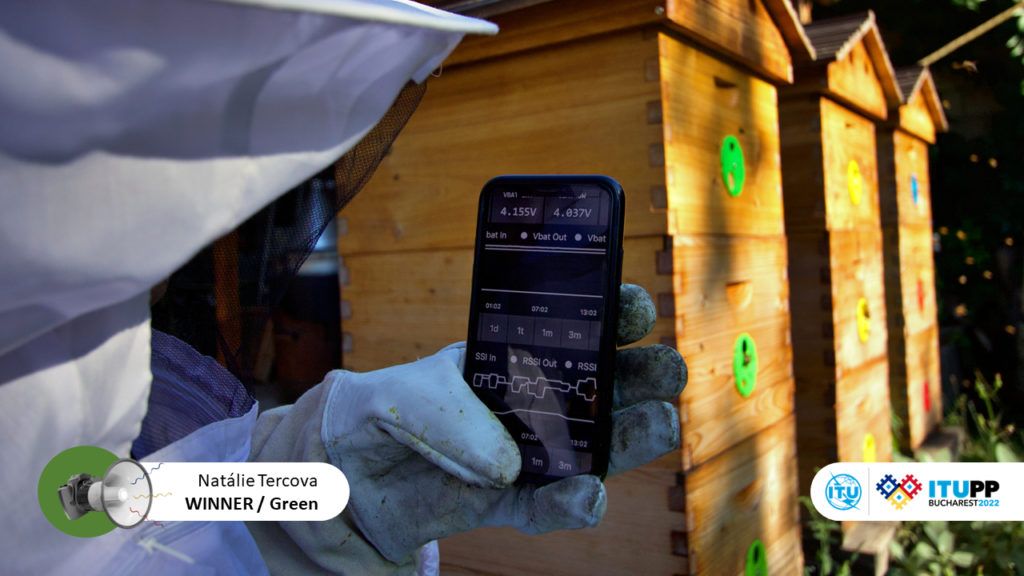
Solar-powered connectivity – by M Joko Apriyo
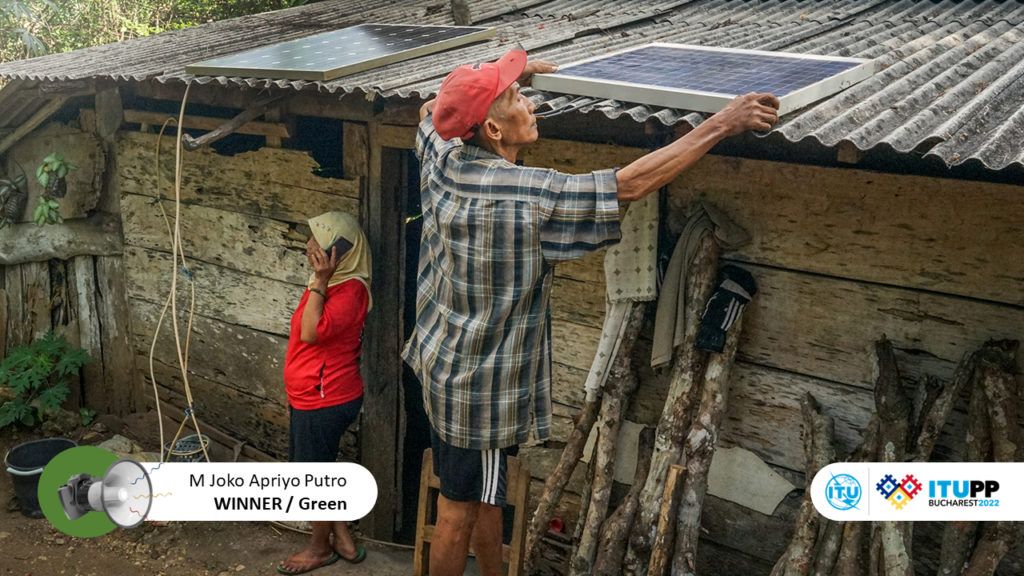
Sorting and salvaging for a sustainable world – by Sudip Maiti
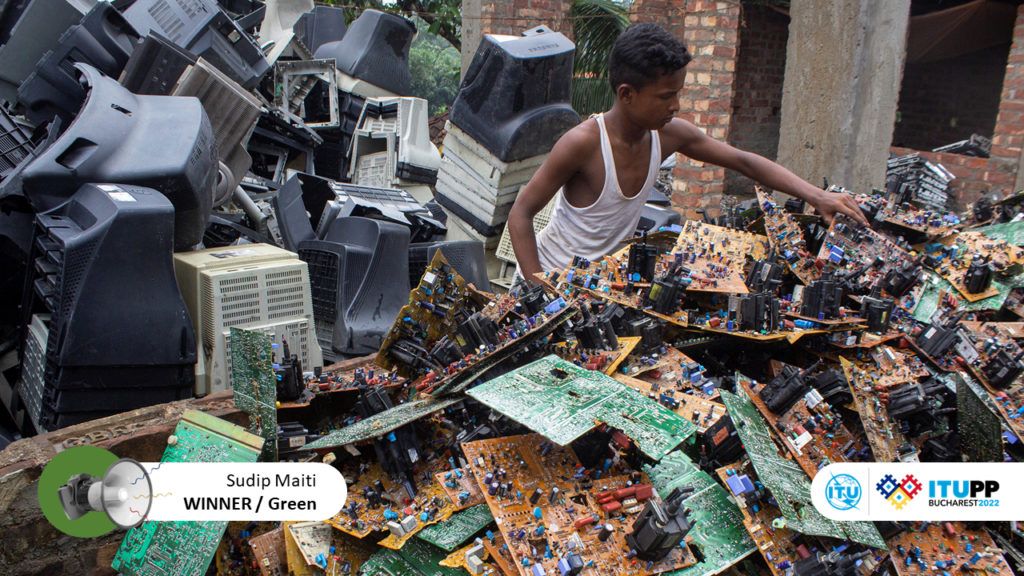
In the Gender and Tech category, photographers showed how technology can empower women and girls. By helping women and girls reach their full potential, innovative devices and new skills can narrow the gender divide.
Intergenerational digital learning – by Kuntal Kumar Roy
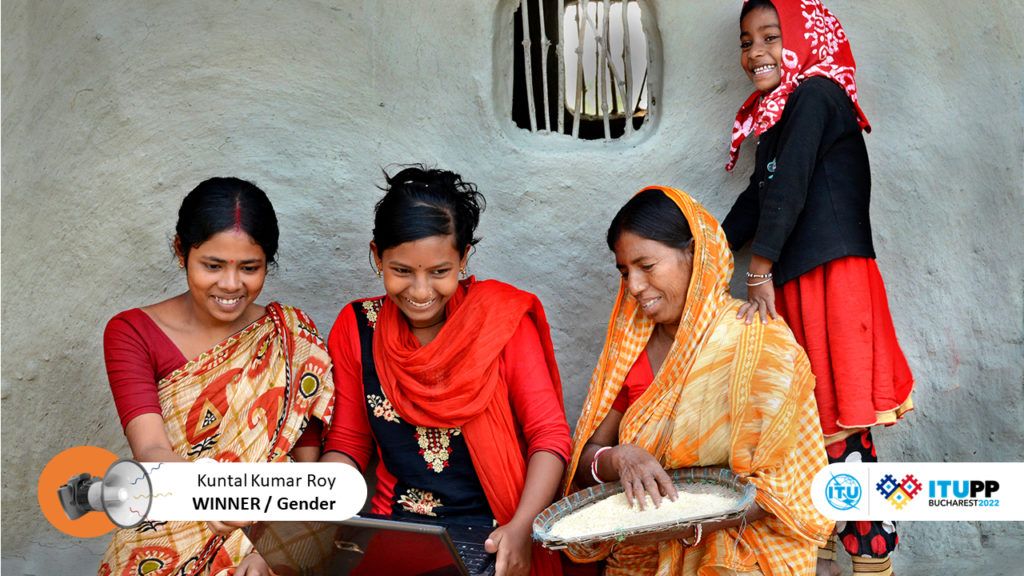
Sustainable solar cooking – Nimai Chandra Ghosh
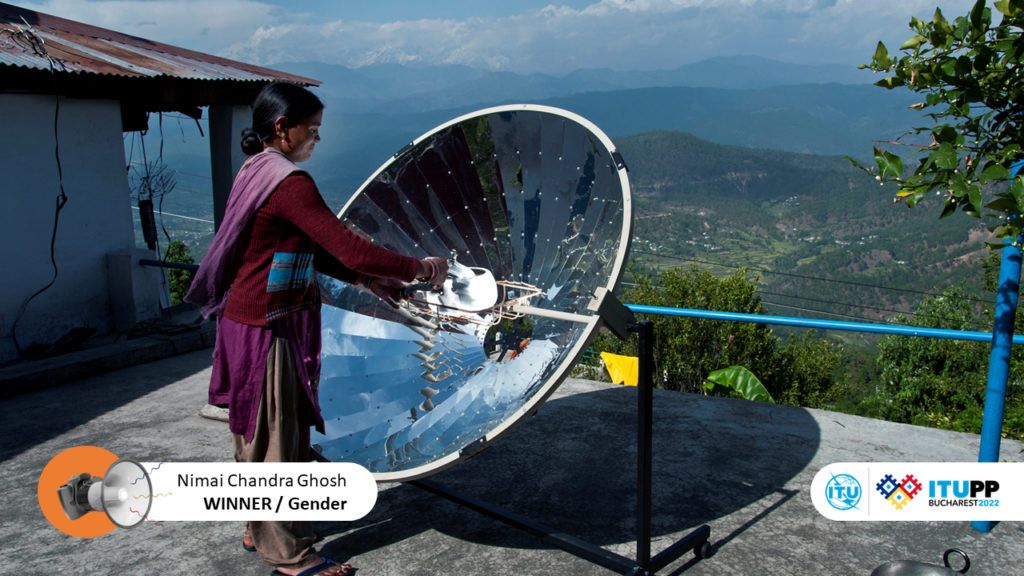
Learning by smartphone light – Amadou Diadie Samassekou
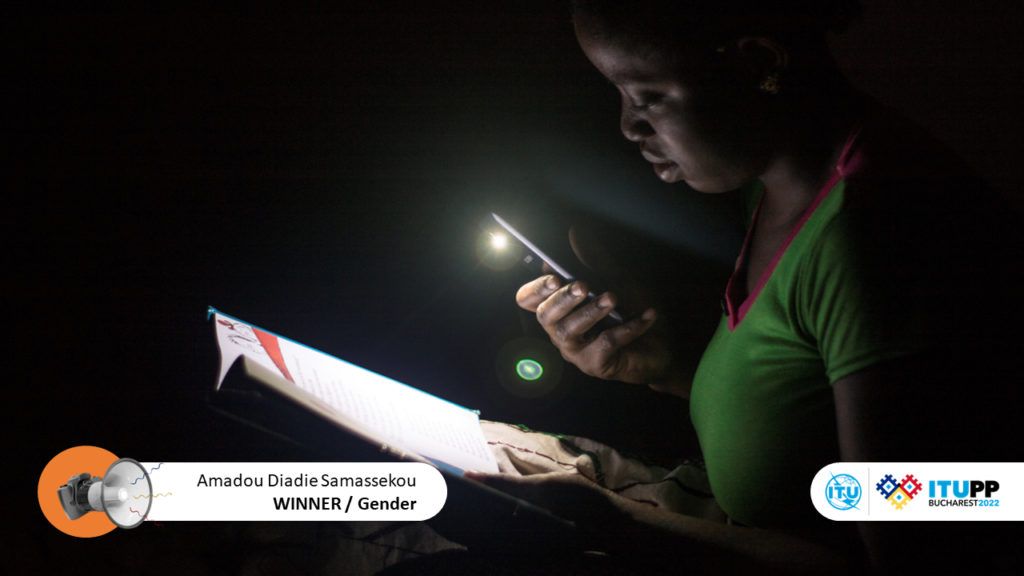
Finally, the Youth, Inclusion and Tech category shows how technology can help people overcome barriers. For persons with disabilities, young people, older persons, indigenous people, and persons with specific needs, technologies can open opportunities, enhancing inclusion and equality and ultimately improving people’s lives.
Remote families rely on radio – by Sukhbat Ochirbat
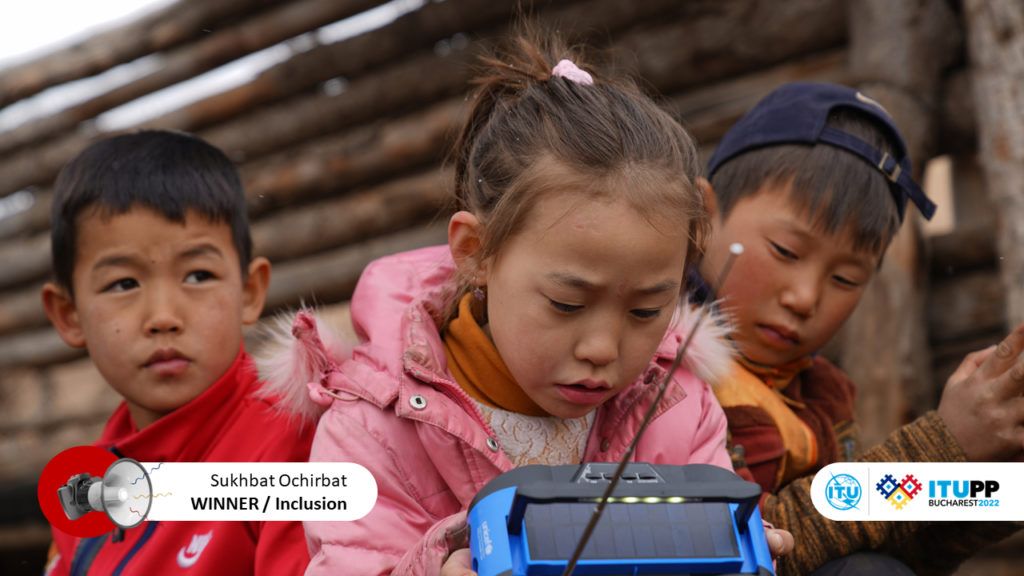
From pupil to technology teacher – by Supriya Biswas
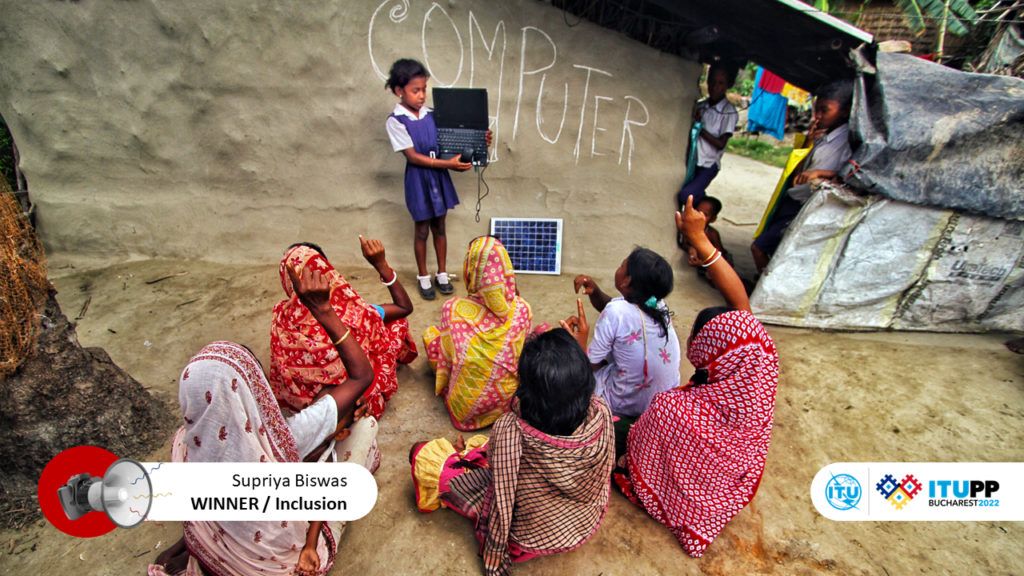
Uniting traditional knowledge and technologies – by Hellen Vanessa de Carvalho Silva
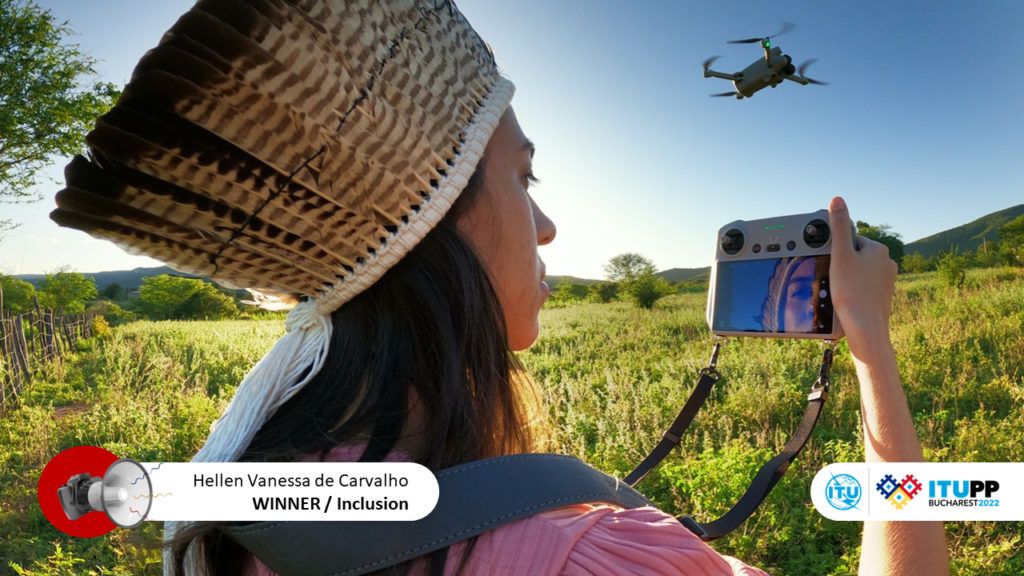
The nine winning photographers will each receive a prize equivalent to CHF 500 donated by ITU Sector Member Meta.
In all, contest participants submitted more than 700 pictures. Around 70 per cent of entrants were amateur photographers, and about 35 per cent were between 18 and 25 years of age.
The countries with the most entries were Afghanistan (34), India (29), and Brazil (21). More than 70 women entered in the competition.
Due to the high quality of submissions, ITU decided to acknowledge nine other photographers with honourable mentions.
ITU thanks jury member Photographers without Borders for sharing valuable expertise.
